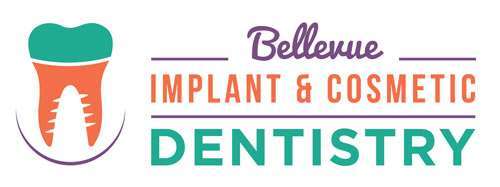
Even when you practice good oral hygiene and make regular visits to your dentist, tooth decay is something you will have to deal with at one point. If you have cavities in your teeth, your dentist can fix the problem with dental fillings and have you feeling as good as new. But, if you do not get it treated quickly, you could have a larger problem on your hands when you go for your next dental appointment.
How to tell if you need a dental filling
What is a dental filling?
Dental fillings are used by dentists to fill holes in your teeth that are caused by decay. Your dentist will remove the part of the tooth that is decayed, then fill the area that was removed. Fillings can also be used to repair broken teeth and teeth that have been worn down by grinding.
What materials are used in dental fillings?
Dentists use several different materials to fill your teeth, depending on the damage. The materials used include gold, silver amalgam, which consists of a mixture of silver, mercury, zinc, copper and tin. Your filling can also be made out of plastic, ceramic, composite resin and glass ionomer.
Gold and silver are mostly used to fill the teeth in the back of the mouth for aesthetic reasons and because they are very durable and can handle the daily grind of chewing without breaking.
Signs you may need a dental filling
If you are not sure if you need dental fillings, you can schedule an appointment with your dentist to find out. If you don’t have the time to go to a dentist, these symptoms will let you know if you need to get fillings:
- If you have a tooth that is sensitive to hot or cold liquids and food
- Throbbing pain in your tooth
- Experiencing pain in your tooth when chewing
- Your food gets stuck on a certain tooth while eating
- Notice an existing filling fall out
- Have a fractured or chipped tooth
- Have a hole in your tooth
How long do dental fillings last?
This depends on the type of filling you have in your tooth. Metal fillings, like the gold and silver fillings, last the longest and typically stay in place for 10 to 15 years. However, they are more expensive than the other types of fillings. Fillings made from composite resin usually last about five years, while those made from ceramic can last up to 15 years.
Will my insurance cover fillings?
Yes, most insurance companies cover the cost of dental fillings. However, most companies do not go higher than the price of silver fillings, which means anything more expensive will come out of your pocket.
Conclusion
If you have any of the symptoms listed and think you need to get dental fillings, schedule an appointment with your dentist to confirm that you do need fillings and figure out the best type to use to fix your teeth.
Request an appointment here: https://www.implantdentalbellevue.com or call Bellevue Implant & Cosmetic Dentistry at (425) 249-9186 for an appointment in our Bellevue office.
Related Posts
How a Dental Filling Is Used for a Cavity
Cavities are tiny holes that form on teeth due to decay. A dental filling is the standard way to address cavities. Silver amalgam fillings were the norm for decades, but composite …
Which Dental Filling Material Type Is Most Often Recommended?
When receiving a dental filling, it is helpful to be aware of the different materials that are available.In most cases, there are several options, and the best dental filling material is based on the patient’s …
Don't Continue Living With Damaged Teeth
Composite FillingsComposite fillings are tooth-colored to provide a natural appearance and still remain as effective as other fillings. We use composite fillings to restore teeth and perfect our patient's smiles.Composite FillingsBellevue Implant & Cosmetic Dentistry At …
What can they eat? Healthy alternatives for children with braces
You are what you eat: 10 Foods that harm or help your oral healthBrushing and flossing on a regular basis are great for one’s oral health, but there are still ways in which people can …
